Interview with Dr. Afifeh Abedi, director of the Iran View 24 news website.
By Azad Maldavan, from Tehran / Iran
Iranian Foreign Minister Abbas Araghchi, following his meeting in Cairo with International Atomic Energy Agency (IAEA) Director General Rafael Grossi, clearly stated that the facts have changed, and that Iran is allowing Agency inspectors to visit only the Bushehr power plant and observe the fuel replacement process. Araghchi emphasized that the agreement proposed in Cairo is merely a new framework for cooperation and that the conditions created by Israeli and American attacks have differentiated Iran’s cooperation with the Agency.
Araghchi’s remarks came after claims by Western media that an agreement had been reached with Iran enabling inspectors to monitor all nuclear activities and to submit a report on 408 kilograms of enriched uranium.
These developments come at a time when the three European countries that are parties to the 2015 nuclear agreement -the United Kingdom, France, and Germany (the European Troika)- have activated the snapback mechanism under UN Security Council (UNSC) Resolution 2231, which would result in the reimposition of sanctions on Iran, and have granted Iran a 30-day period to meet conditions such as cooperation with the Agency, a comprehensive agreement with the US, and zero percent enrichment that form part of Tehran’s red lines.
Additionally, Iranian officials’ threat, as a countermeasure, to withdraw from the Treaty on the Non-Proliferation of Nuclear Weapons (NPT) has raised concerns in the international community, further intensifying debates over Iran’s nuclear program. The NPT is a treaty aimed at preventing the spread of nuclear weapons, promoting nuclear disarmament, and supporting the development of peaceful nuclear energy. The possibility of Iran withdrawing from this treaty could significantly affect security dynamics in the region and international relations.
In this context, in our interview with Dr. Afifeh Abedi, director of the Iran View 24 news website and one of the leading experts in the fields of international relations and Iranian foreign policy, she offered assessments regarding Iran’s nuclear program, international cooperation, its relationship with the NPT, and security dynamics in the region.
———————————————————————————————-
The agreement in Cairo: A redefined framework for cooperation
Following the misleading report by the Director General of the International Atomic Energy Agency regarding Iran’s nuclear facilities, the Zionist regime and the US carried out attacks on these facilities, which led the Iranian Parliament to approve a plan to suspend Tehran’s cooperation with the Agency. However, last week, a new cooperation agreement was signed between Tehran and the Agency in Egypt. According to the Parliament’s decision, “the Agency’s inspections will cover only the Bushehr nuclear power plant,” yet IAEA Director General Grossi claimed that Tehran had granted permission to inspect all facilities. Do you think the agreement reached in Cairo between Araghchi and Grossi offers a new framework for cooperation? How will the security of Iran’s nuclear activities be protected under this agreement?
The recent agreement signed in Cairo between the Islamic Republic of Iran and the International Atomic Energy Agency is essentially a “redefined framework” for technical and security cooperation; it is a framework designed following the attacks by the United States and the Zionist regime on Iran’s nuclear facilities and is not a simple continuation of past agreements.
By establishing phased and conditional arrangements, the Cairo Agreement performs two complementary functions: first, it provides a transparent and technical platform for the Agency’s information and inspections; second, it creates the institutional and legal mechanisms necessary to protect Iran’s interests and national security. The experience of the 12-day war imposed on Iran has shown that the Atomic Energy Agency lacks practical tools to protect facilities under its safeguards and, in some cases, can even turn into a political instrument against Iran.
According to the statement by the Supreme National Security Council, all inspections and reporting are subject to compliance with security requirements and the approval of the relevant institutions. That is, the Agency will not prepare reports on Iran’s nuclear facilities on its own. Therefore, the new agreement is in no way considered a “blank check” for the Agency, and the scope of inspections is limited, targeted, controlled, and proceeds step by step. In other words, the Cairo document simultaneously provides “technical assurance” for the Agency and a “security guarantee” for Iran.
A part of “smart engagement” strategy
In a recent speech, the Iranian Foreign Minister announced that if the snap back mechanism is activated, Iran’s activities with the Agency will be suspended. It has been said that Iran signed such an agreement with Grossi in order to prevent the activation of the snap back mechanism. What do you think?
One of Iran’s principal motivations in drafting and signing the Cairo Document was to prevent the activation of the snap back by the European Trio and to counter the United States’ threats on this issue. The document is, in fact, part of the “smart engagement” strategy, which aims to provide a balanced response by Tehran to Western claims and to gauge the true motivation of Western powers in exerting pressure on Iran.
The Cairo Document is not a sign of retreat, but an expression of Tehran’s deliberate effort to neutralize the instrument of pressure and turn it into a diplomatic opportunity.
Iran’s potential countermeasures
Iranian officials have repeatedly stated that if the snap back mechanism is activated, Tehran will withdraw from the Treaty on the Non-Proliferation of Nuclear Weapons (NPT). How do you assess the scenarios if Iran withdraws from the NPT? On the other hand, what other options do you think Tehran has as countermeasures besides withdrawing from the NPT?
The scenario of withdrawing from the Treaty on the Non-Proliferation of Nuclear Weapons (NPT) has repeatedly been raised by Iranian officials as the “ultimate option.” However, before reaching such a stage, the Islamic Republic of Iran has a series of countermeasures that can be implemented gradually. These include:
— Reducing or gradually terminating technical cooperation with the Agency, except in the areas of security and fuel supply for power plants;
— Using legal and media instruments to expose the West’s political exploitation of the Agency;
— Expanding diplomatic initiatives with non-Western countries to reduce the impact of sanctions and break the monopoly of Western discourse.
These avenues will allow Iran to manage the level of tension while keeping the option of “formally withdrawing from the NPT” open and on the table.
The limits of Europe’s leverage
At present, the most important leverage the three European countries have regarding Iran’s nuclear program is this snap back mechanism. Could the implementation of such a mechanism reduce the role of the Troika? Does the European Troika have an alternative plan to de-escalate and manage tensions, or is the snap back its only tool?
The snap back mechanism is currently regarded as the most important, and perhaps the last, instrument of pressure available to the European Troika against Iran. While activating this mechanism may exert pressure on Iran in the short term, in the long term it will weaken and erode Europe’s position as a potential mediator and negotiating partner with Tehran.
So far, there is no serious indication that Europe has presented an “alternative plan” or an independent initiative to de-escalate tensions, and in practice the Troika’s diplomatic efforts are tied to the approach of the United States. This shows that Europe is playing the role of a “pressure tool” rather than an independent actor, and that if no independent initiative is presented, the initiative will be left entirely to Tehran and Washington.


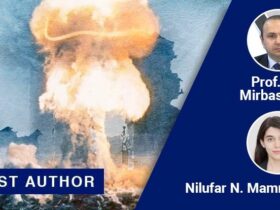
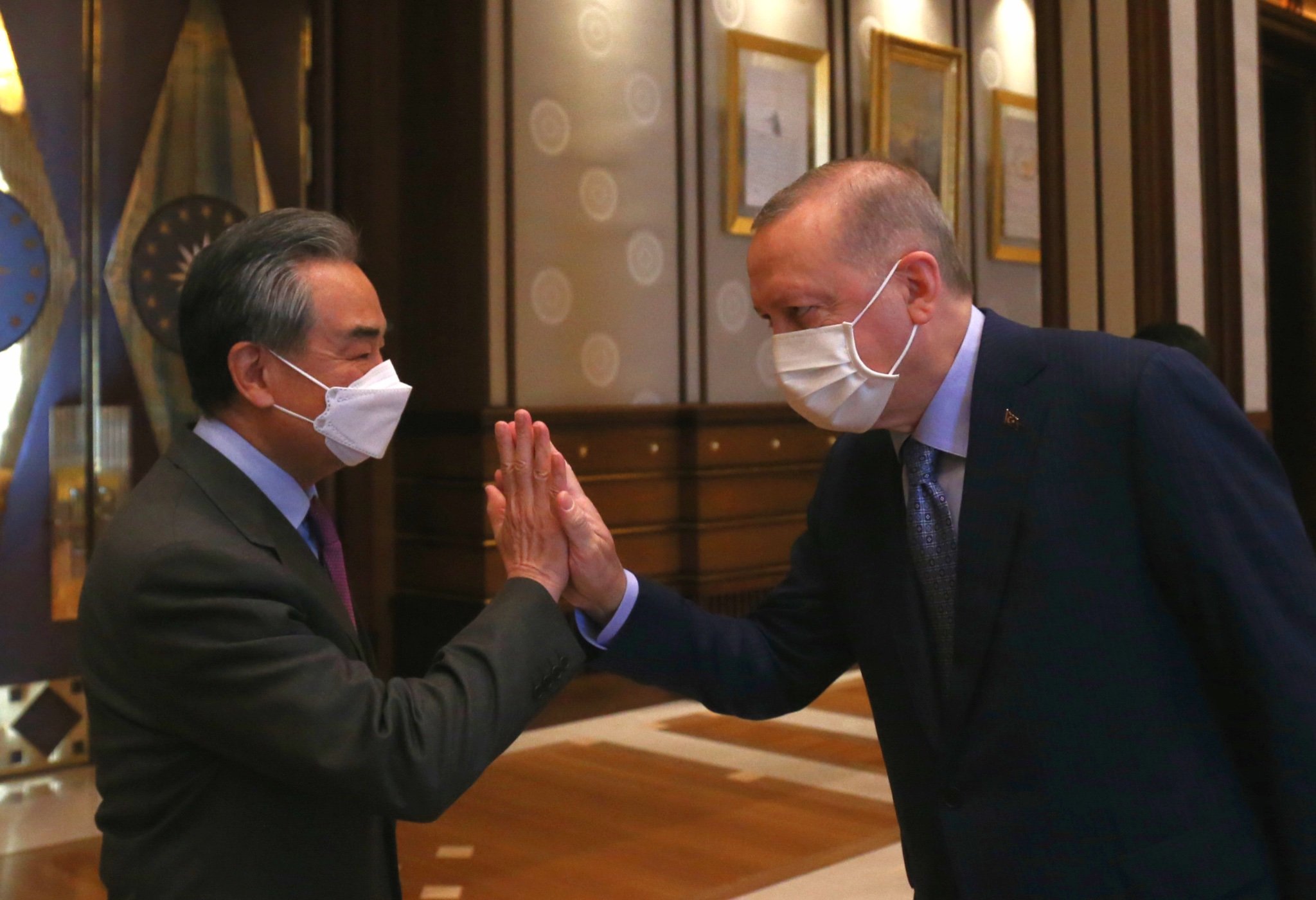
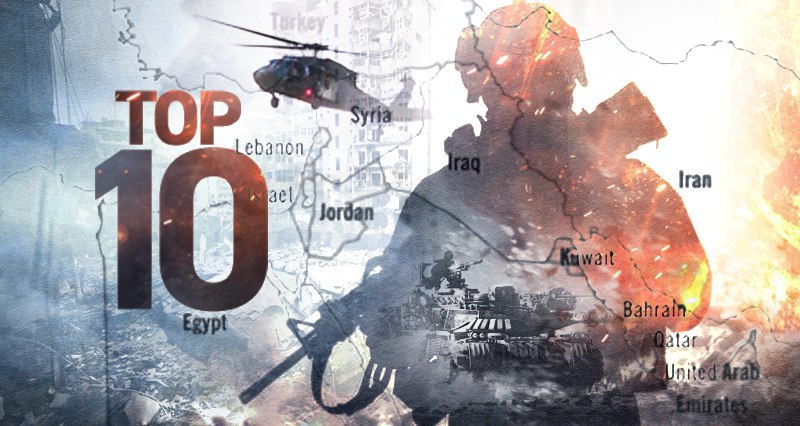


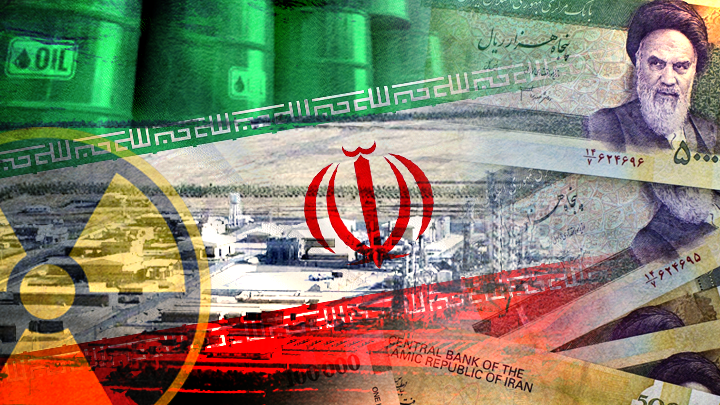
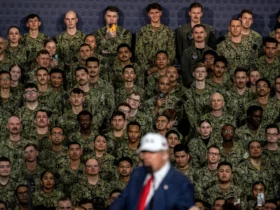

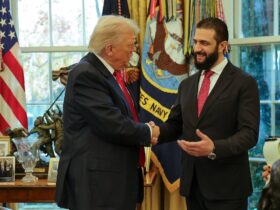
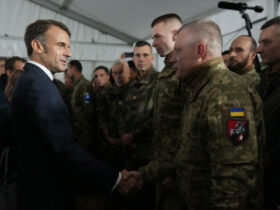

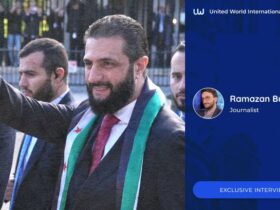
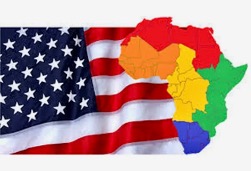

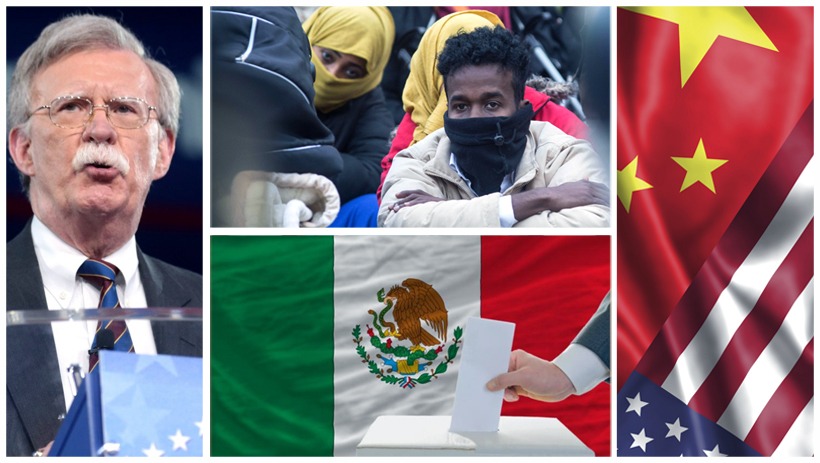
Leave a Reply